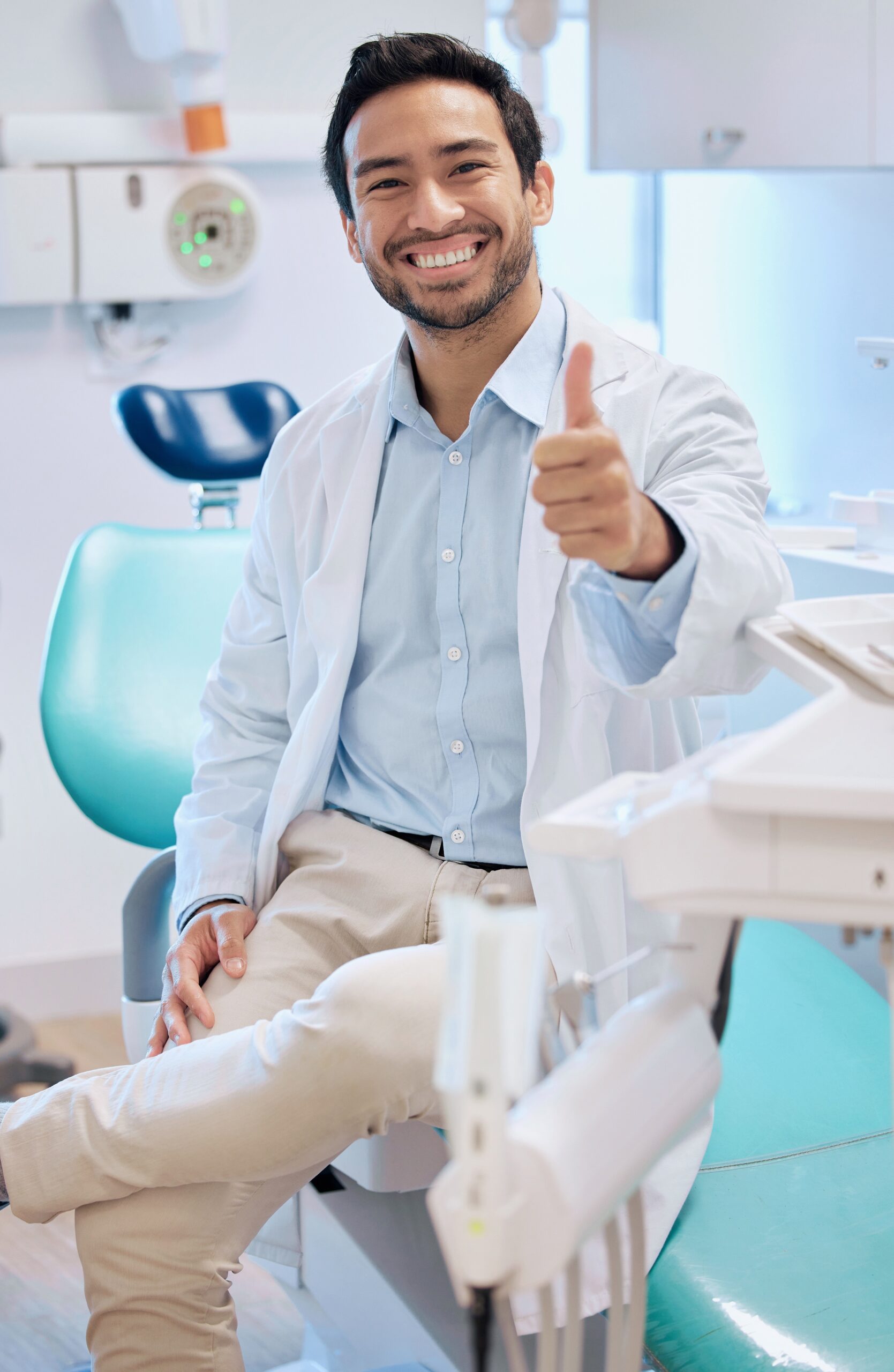We may not be able to answer for the chicken or the egg but, when it comes to Orthodontics, it seems rather obvious, it is the diagnosis!
We may not be able to answer for the chicken or the egg but, when it comes to Orthodontics, it seems rather obvious, it is the diagnosis!
First, some large aligner companies have done a marvelous job of marketing. It has patients asking for “name brand aligners” that they heard about through advertising. The companies describe how easy it is for the dentist and the patient. For the dentist they make it seems so easy to implement into your practice, and the implication is that there is no thinking involved. You simply send it in, and your part is finished. They’ll send it back, and it will finish perfectly, as advertised. If this were true, every dentist would provide clear aligners for the vast majority of their patients!
So why aren’t they? Why, are most primary care dentists (PCDs) only doing a few cases a month? Why, do aligners only make up a small percentage of the total orthodontic cases, in the US?

One reason is that aligners don’t do everything well! It is difficult to improve the smile arc, improve the airway, or reduce balancing interferences with aligners. Severe crowding or rotations are difficult and take a long time. More importantly, practitioners aren’t taught to move teeth. They’re taught how to submit cases-HUGE differences.
Another big reason is that there is no defined end-point for orthodontic success. Is it straight teeth or straight teeth and a nice smile? Limited goals may be achievable with aligners alone, but when you start looking to improve the bite and maximize airway, aligners may not be the best choice.
Finally, adding airway and bite and smile esthetics to “straight teeth” is difficult. If done properly, it won’t take significantly longer, but it’s much more complicated and doesn’t lend itself well to a single approach.
At Egghead, we’re all about doing the best orthodontic treatment possible most efficiently. This requires a comprehensive diagnosis FIRST, then choosing the approach that produces the best results in the fewest number of in-person appointments. The diagnosis comes first, then the treatment plan.
Do we use the aligners? Yes, we use aligners! In many cases, however, it’s necessary to address the big things first-width discrepancies, smile arc, AP mismatches, severe crowding, and malalignment. These may be more efficiently corrected with other modalities, and then we can switch and finish with aligners. We call these hybrid cases, and with our help, it opens the possibilities for doing even more and better orthodontic treatment in your office.
